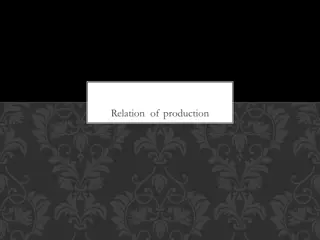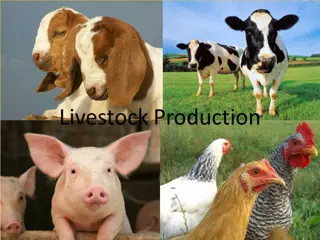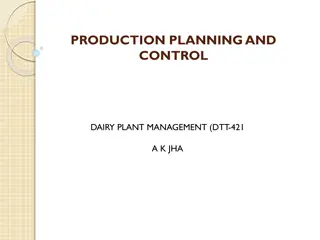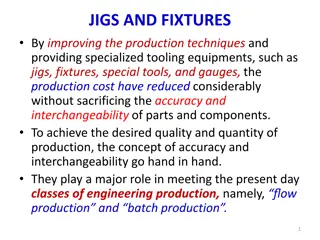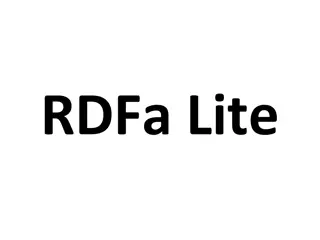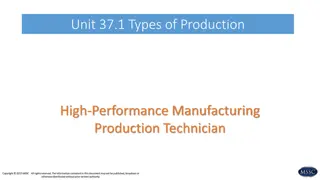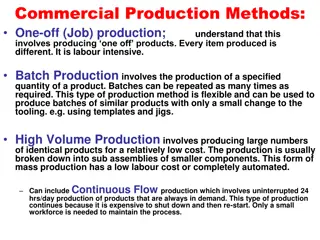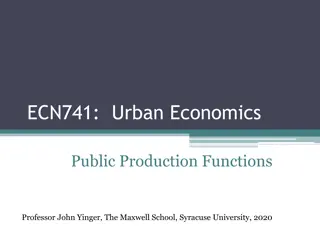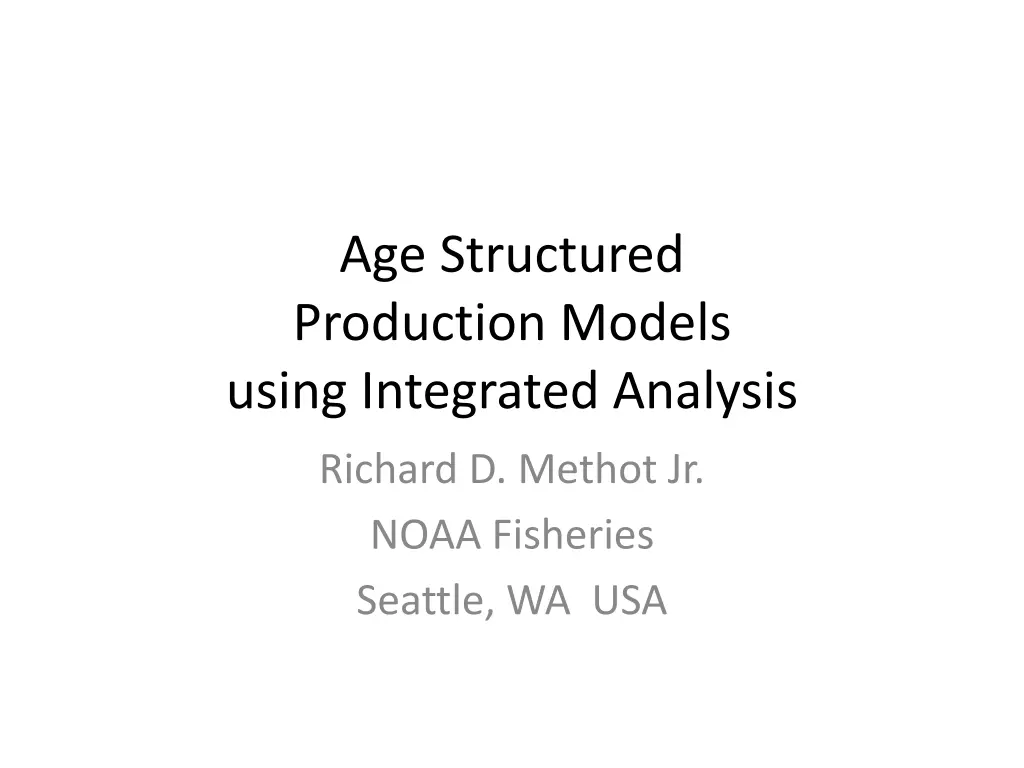
Age-Structured Production Models Using Integrated Analysis
Explore age-structured production models using integrated analysis, such as the Schaefer model and the Stock Synthesis model. Learn about key parameters and comparisons of model results for data-poor problems. Discover the flexibility and outcomes of different modeling approaches in fisheries management.
Download Presentation

Please find below an Image/Link to download the presentation.
The content on the website is provided AS IS for your information and personal use only. It may not be sold, licensed, or shared on other websites without obtaining consent from the author. If you encounter any issues during the download, it is possible that the publisher has removed the file from their server.
You are allowed to download the files provided on this website for personal or commercial use, subject to the condition that they are used lawfully. All files are the property of their respective owners.
The content on the website is provided AS IS for your information and personal use only. It may not be sold, licensed, or shared on other websites without obtaining consent from the author.
E N D
Presentation Transcript
Age Structured Production Models using Integrated Analysis Richard D. Methot Jr. NOAA Fisheries Seattle, WA USA
Outline Goal: create age-structured, integrated models for data-poor problems for which biomass dynamic models are typically applied Example 1: Schaefer model Example 2: Depletion corrected average catch Conclusions 2
Example 1: Schaefer model Data are 30 years of catch and CPUE (1961- 1990) Example swordfish-like dataset from ASPIC (A Stock-Production Model Incorporating Covariates) ASPIC available from NOAA Fisheries Toolbox http://nft.nefsc.noaa.gov/ 3
Schaefer model Schaefer model implemented in ASPIC By+1 = By + r By (1 - By/K )- Cy Estimated parameters are MSY (maximum population growth rate) K (equilibrium biomass) Q (catchability) 4
Stock Synthesis Model Fully age structured (plus group = age 10, with arbitrary inputs for growth, maturity, and fecundity) All ages fully selected All ages mature Estimated parameters are R0 (equilibrium recruitment) either M (natural mortality) or h (steepness) catchability as derived quantity 5
Comparing model results 140 ASPIC 120 SS_est_M Estimated or observed CPPUE (x 1e6) SS_est_h 100 obs CPUE 80 60 40 20 0 1960 1965 1970 1975 1980 1985 1990 6
Comparing model results B1990 / B0 MSY B0 M h r Schaefer 0.241 1.15E+07 1.17E+08 0.394 SS_est_h 0.255 1.12E+07 1.86E+08 0.200 0.867 SS_est_M 0.261 1.27E+07 1.35E+08 0.302 0.999 Fixed inputs in bold 7
Conclusions from Schaefer example Age structured production model requires no more estimated parameters than Schaefer model Fit to CPUE data is similar Model output is similar ASPIC allows additional flexibility with estimating initial depletion and ratio of BMSY/K SS allows additional flexibility in many many directions 8
Example 2: Depletion Corrected Average Catch 9
Example 2: Depletion Corrected Average Catch Simple calculation for data-poor fishery Estimates a yield that is likely to be sustainable Based on few inputs: M, average catch, depletion estimate Boils down to: where, , C is catch, is relative decrease in abundance over n years, c = FMSY/M Reference: MacCall, A.D. 2009. Depletion-corrected average catch: a simple formula for estimating sustainable yields in data-poor situations. ICES J. Mar. Sci. 66: 2267 2271. 10
Depletion Corrected Average Catch NOAA Fisheries Toolbox software estimates uncertainty using Monte-Carlo sampling for M, FMSY, and SS comparison considering only uncertainty in (CV = 0.1) 11
Depletion Corrected Average Catch Example corresponding to example DCAC download from NOAA fisheries toolbox (NFT): C = 124, n = 8, M = 0.15, c = 1 = relative decline in abundance: input values ranging from 0 (no decline) to 0.7 Uncertainty estimated as implemented in NFT model, but with CV of 0.1 applied to 1 . Compare to integrated analysis model from SS 12
Stock Synthesis Model Fully age structured (with specified inputs for growth, maturity, and fecundity) All ages fully selected Steepness fixed at 1.0 Starting at equilibrium One 2 data points: as index of abundance value of 1.0 with no error in first year value of 1.0 with CV = 0.1 in last year Single estimated parameter: R0 (equilibrium recruitment) 13
Comparing DCAC to SS Similar results when change in abundance is high SS estimates are higher and more uncertain with less informative data 50 DCAC sustainable yield / SS estimate of MSY 40 30 20 observed average catch 10 DCAC sustainable yield SS estimate of MSY 0 0.0 0.1 0.2 0.3 0.4 0.5 0.6 0.7 14 = relative decline in abundance
Conclusions from DCAC example If no depletion has occurred, then data provided to SS have zero information about MSY DCAC method doesn t seek MSY, but simply a sustainable yield For cases with greater depletion, results are very similar 15
Potential extensions of DCAC-like integrated analysis model Provide a time series of abundance rather than simply = change in relative abundance Input or estimate an initial equilibrium catch or fishing mortality Incorporate any other data available now or in the future 16
General conclusions on age structured production models More options than simpler biomass dynamic models provides greater ability to explore alternative scenarios and uncertainty but requires more thinking about choices made Parameters have more direct biological interpretations Allows increase in complexity (and realism) through incorporation of additional data types data on growth and maturity (or external estimates) a single length or age composition would allow estimation of selectivity priors based on biological parameters from similar species 17







